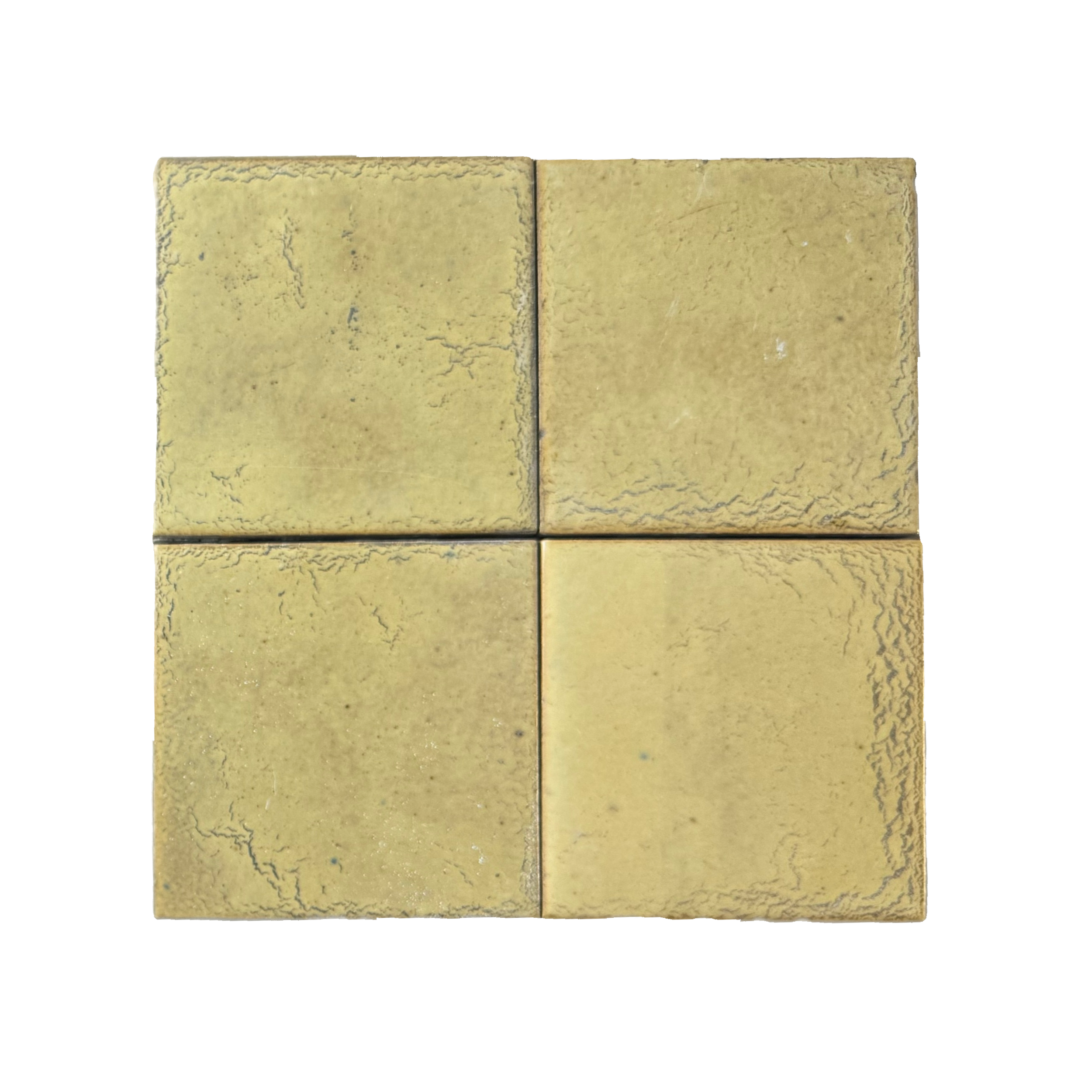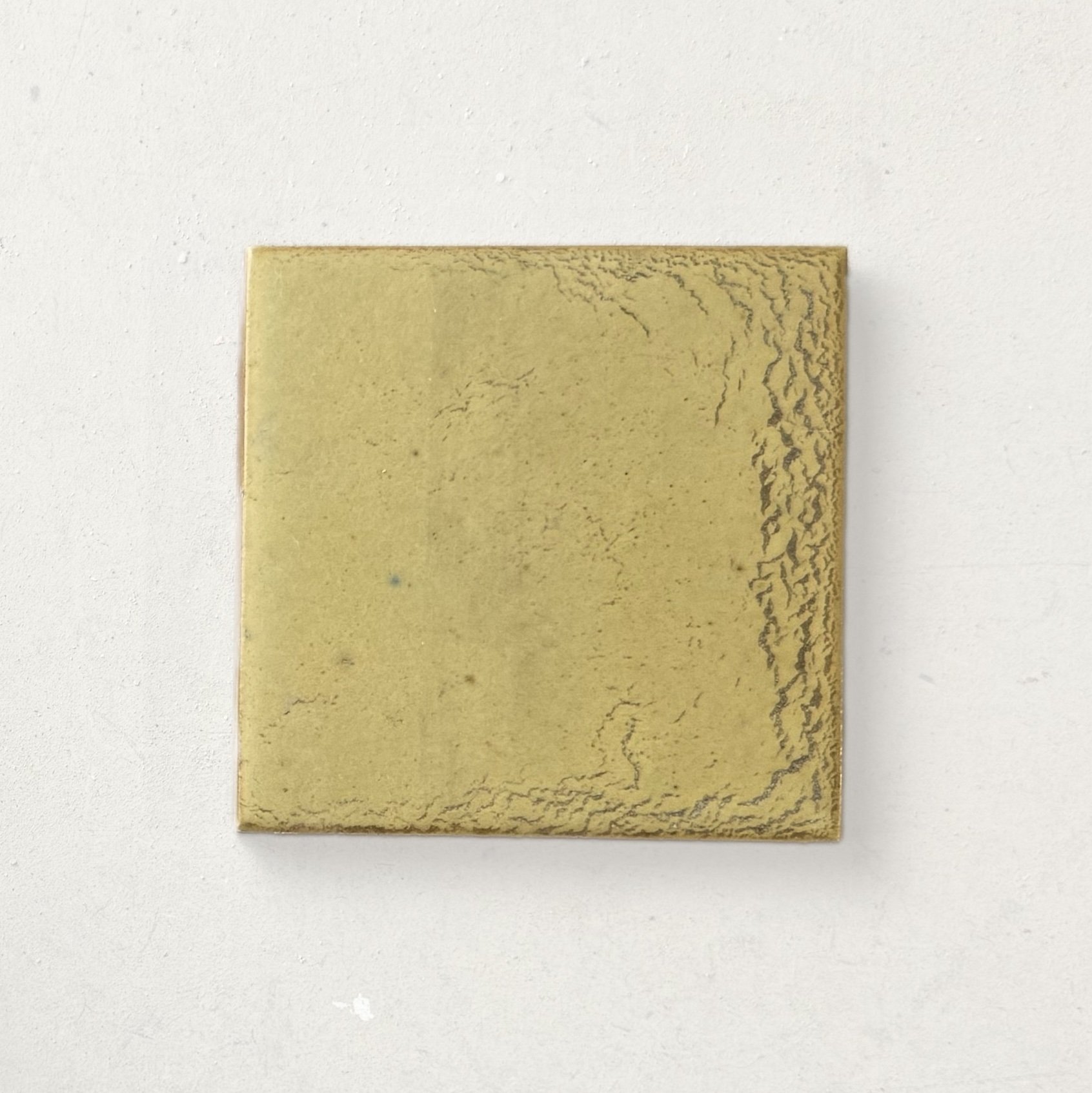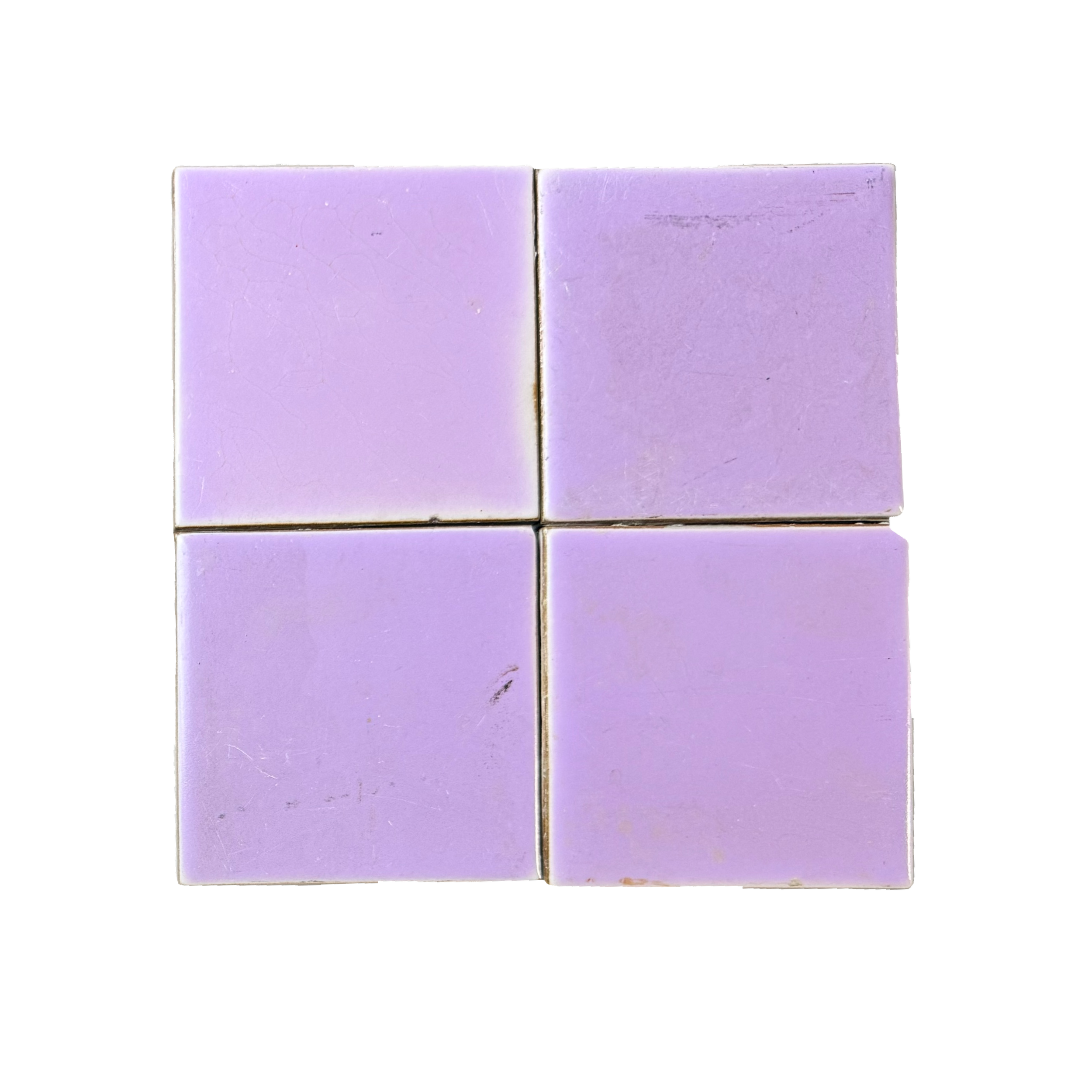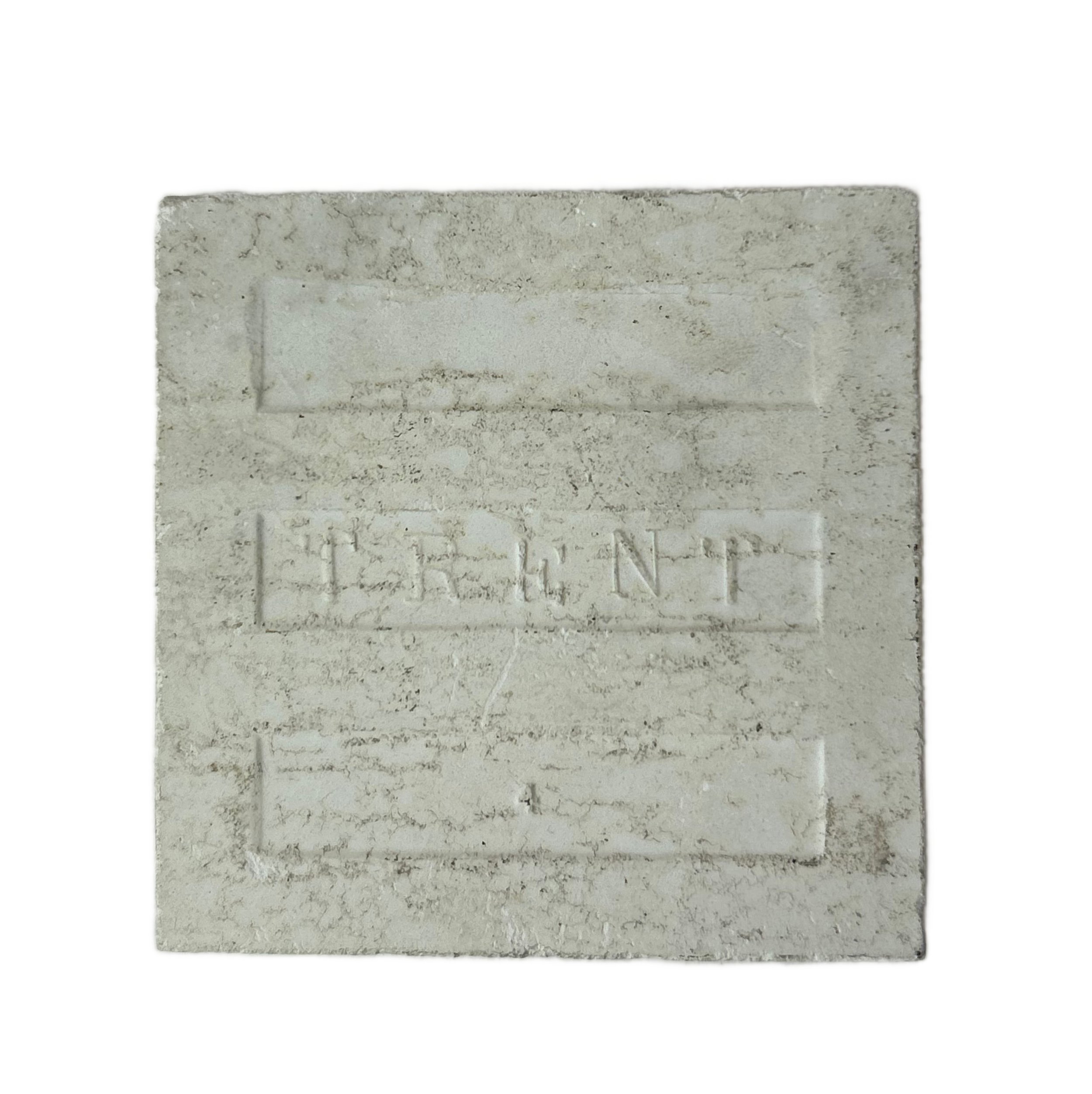Antique 1900s Green Victorian Field Tile - American Encaustic Tile Co.
These incredible tiles were made by American Encaustic Tile Co. in Zanesville, OH in 1902 and feature a beautiful moss green glaze with lovely crazing.
While they started as wall tiles, they can be incorporated into tile fireplace surrounds, bathroom tile designs, kitchen backsplashes, vestibules, or any other interior areas. Contact us to create a custom design that features these historical pieces.
Priced per tile.
These incredible tiles were made by American Encaustic Tile Co. in Zanesville, OH in 1902 and feature a beautiful moss green glaze with lovely crazing.
While they started as wall tiles, they can be incorporated into tile fireplace surrounds, bathroom tile designs, kitchen backsplashes, vestibules, or any other interior areas. Contact us to create a custom design that features these historical pieces.
Priced per tile.
These incredible tiles were made by American Encaustic Tile Co. in Zanesville, OH in 1902 and feature a beautiful moss green glaze with lovely crazing.
While they started as wall tiles, they can be incorporated into tile fireplace surrounds, bathroom tile designs, kitchen backsplashes, vestibules, or any other interior areas. Contact us to create a custom design that features these historical pieces.
Priced per tile.
Additional info
Shipping
UPS Ground, rates based on destination and weight. Shipping costs are calculated at checkout.
-
Each tile measures 1 1/16” x 4 1/4”.
Thickness is 1/2”.
-
Ready for install: fully cleaned and free of loose mortar, grout, and soot
Good condition
Because they are 110+ years old, there will be minor crazing, pits, and flea bites, but they are in good condition for their age.
All tiles are fully checked for cracks or chips, any tiles that do not meet our installation standards are not placed in inventory.
-
These tiles were salvaged from the sunroom of a Peekskill, New York mansion.
At one time the largest tile maker in the world, American Encaustic Tile Co. branched into faience tiles in the 1920s to capture the growing market of interest in Arts & Crafts tiles. By the 1930s, the business no longer existed.















